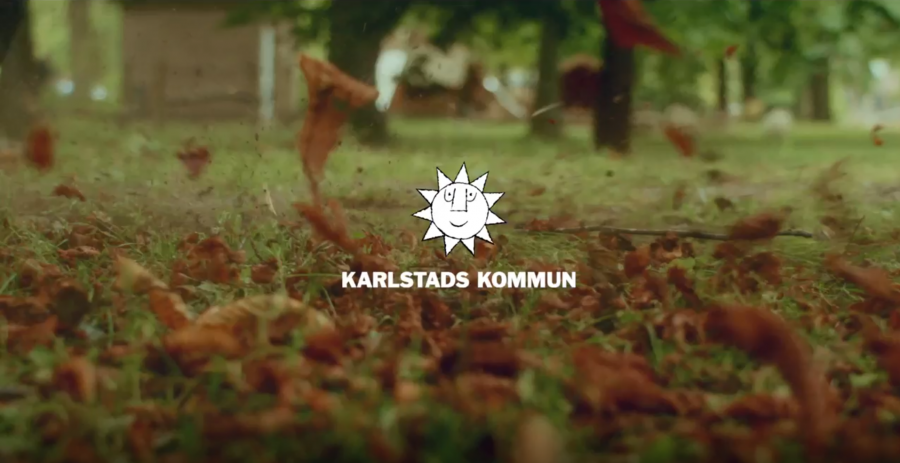The Turf Growers Association and BALI have both responded to concerns about the impact of extreme weather throughout the year on the availability of landscaping materials.
The TGA points to 2018 as being a year of extremes, starting with the “Beast from the East” which hit the UK in early March and then a prolonged cold and wet period for the remainder of March and early April, the UK then headed into a record-breaking hot summer-the average temperature beating that of 1976.
All agricultural industries battled the unusual weather and throughout the UK yields were diminished, its says. The turf industry also faced similar pressures from the year’s weather; the difficult growing conditions and the increase in demand has caused a winter shortage of turf.
Looking forward and assuming that this year will not see a repeat of last year’s weather conditions, the TGA maintains that British turf growers will be in a position to get back to some normality and begin to work on a slow but sure recovery.

Meanwhile, BALI has recently been contacted by members concerning turf availability and have received reports of suppliers struggling to provide enough product for the needs of the industry.
Research by BALI has also revealed this is currently a widespread issue and has resulted in restricted supplies to several contractors.
Thanks to BALI’s diverse membership, the association is able to liaise with members who both supply and use turf, learn from their experience and share information which provides a balanced summary of the situation. Predictably, there isn’t a simple solution, and the issue appears to have arisen as a consequence of several factors which may continue for some time. It is hoped that publishing this report will lead to greater understanding within the industry.
The UK’s climate is changing. Within the cycles of seasonal weather we are increasingly seeing extremes of heat, cold, rain and sun throughout the year. Whereas these extremes have previously led to minor disruptions which could be absorbed by either suppliers or contractors, the frequency of these episodes is increasingly affecting a greater proportion of the industry. It is testament to the flexibility, professionalism and ingenuity of the industry that some of the issues have taken so long to surface and cause an issue.
Like all living products, turf is grown on a cycle of production. The length of this varies between suppliers from less than 12 months to 2 years depending on composition of species, substrate and weather. The prevailing weather throughout the UK for large parts of the past 2 years (i.e. the most recent growing cycle) has, at some point, been drier than usual, hotter than usual, colder than usual or wetter than usual – depending on the geographic location of the grower.
The effect of the weather on stocks of turf has been twofold:
- It has presented growers with significant challenges to ensure turf is growing adequately despite the extremes of weather.
- The conditions throughout 2018 up to the present day have presented landscape contractors with favourable conditions for laying turf and consequently a sustained demand.
Whilst periods of warmer, wetter, drier or sunnier weather is not unusual, the cumulative effects of several extreme weather events over an entire growing season has started to affect output of turf. Due to the weather, root establishment has been poorer, which means the rolls of turf cannot be lifted as easily or quickly by machinery. When root establishment is poor - as has been the case recently - the soil falls from the roots of turf lifted, meaning the useable amount of turf is significantly lower than normal. Some growers have reported losing 1 roll of turf for every 5 lifted - far higher than would be expected normally.
The turf growing industry is now heavily reliant on a period of warm, wet weather during spring to recharge stocks. Whether this occurs depends on the weather over the next few weeks. As many will be aware, the south of the UK relies on groundwater for the majority of its water storage. Growers use this groundwater during periods of lower rainfall, together with surface water reserves on site. Both resources rely on periods of sustained rainfall to recharge and, so far this winter, this has not happened. Consequently, in the event of another spring or summer of low rainfall, opportunities to provide additional irrigation may be severely limited.
BALI is also aware of concerns regarding the cost of turf, which have arisen around the same time as this shortage. A separate working group will be established to investigate this.
By publishing this statement BALI hopes to raise awareness of the issues surrounding turf supply. There can be no blame associated with this issue, but the industry – both suppliers and users – must ensure lines of communication are open and dialogue established to enable measures which allow the expectations of clients to be managed. Availability of water resources and climate change are issues likely to affect many other areas of the industry in the long term, and these are challenges we must face together.







